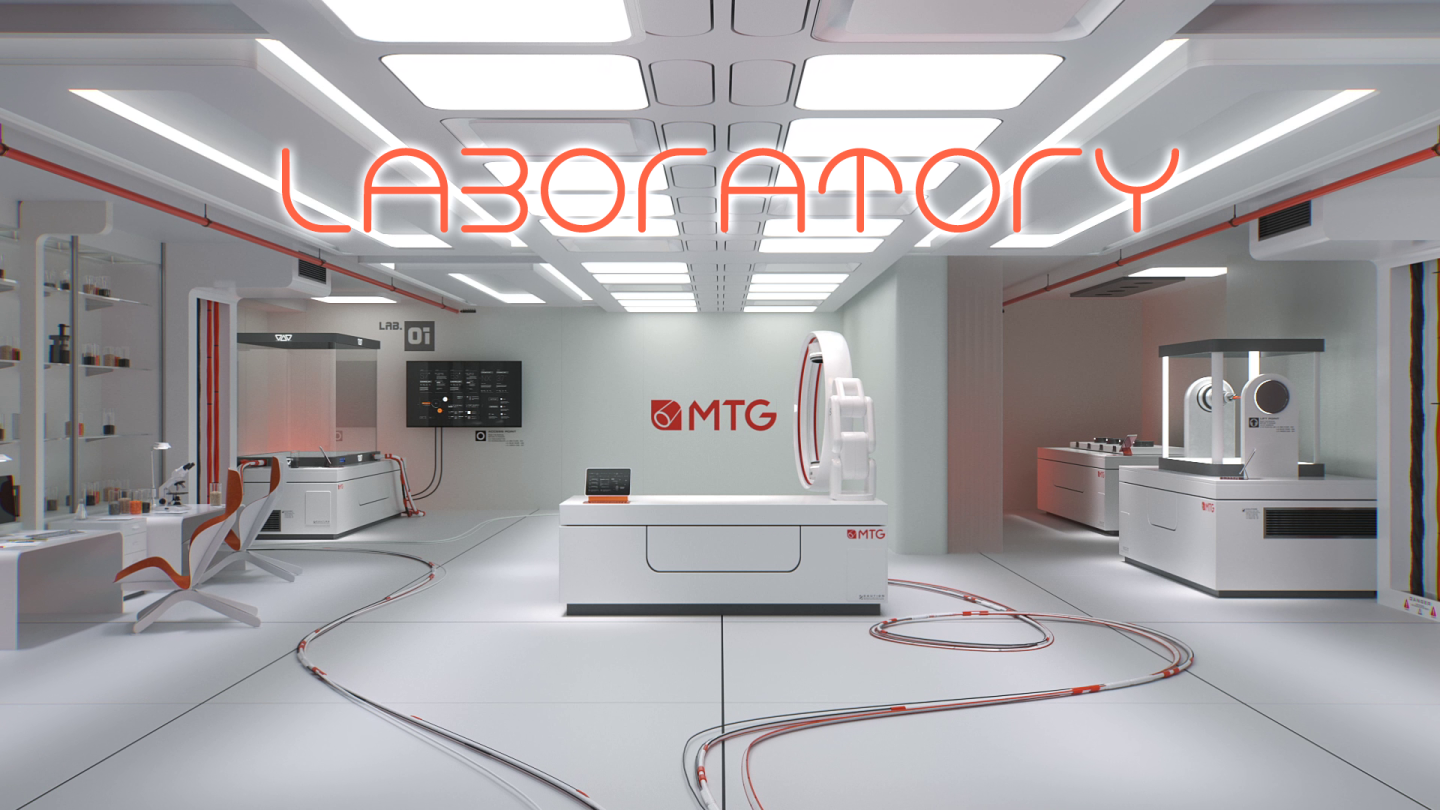The Strategic Importance of an Internal Research and Development Laboratory in the Rubber and Silicone Tubing Industry

In the manufacturing sector, innovation is the key to long-term success, and a crucial element in driving innovation is the presence of an internal research and development laboratory. This article will focus on the importance of having an internal research and development laboratory in the rubber and silicone tubing industry, highlighting how this practice not only promotes corporate growth but also contributes to technological progress in the sector.
1. Continuous Innovation: An internal research and development laboratory enables companies in the rubber and silicone tubing sector to stay ahead in terms of technologies and materials. Continuous innovation is essential to meet the changing market demands, comply with increasingly stringent regulations, and ensure long-term competitiveness.
2. Adaptability to New Technologies: The rubber and silicone tubing sector is constantly evolving with the introduction of new materials, production processes, and quality standards. An internal research laboratory allows the company to adapt quickly to these new technologies, remaining flexible and ready to seize emerging opportunities.
3. Customization and Development of Tailored Products: An internal research and development laboratory allows companies to design and develop tailored products in response to specific customer needs. This customization capability not only enhances customer satisfaction but can also open up new markets and segments.
4. Quality Control and Certifications: The presence of an internal research and development laboratory facilitates quality control at all stages of the production process. This is particularly relevant in the rubber and silicone tubing industry, where compliance with regulations and certifications is essential to ensure product safety and reliability.
5. Reduction of Development Times: An internal laboratory enables the reduction of development times for new products. The ability to conduct tests and experiments internally allows for the optimization of the development process, bringing innovative and improved products to market more quickly.
For these reasons, MTG has chosen to invest in a internal laboratory in the distant 1991, thereby ensuring total control over the quality and innovation of its products. Investing in an internal research and development laboratory in the rubber and silicone tubing industry is a winning strategy. This choice provides companies with the flexibility, adaptability, and innovation capability necessary to address the challenges of an ever-evolving sector. In a context where technology and market demands are advancing rapidly, an internal research and development laboratory represents a driver of progress and a significant competitive advantage.